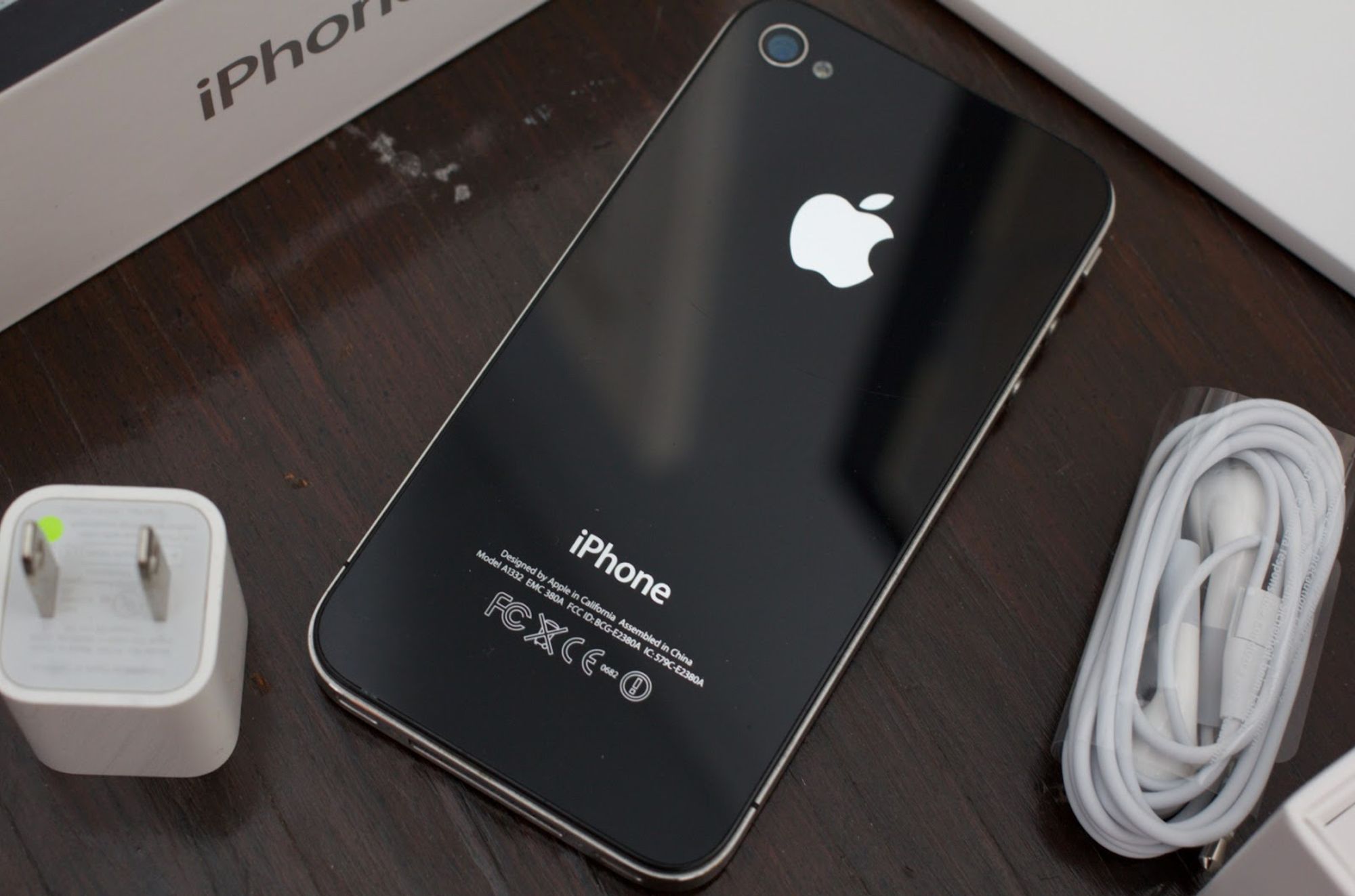How do you find an iPhone’s model number, IMEI or serial number after it's reset?


Finding an iPhone's model number is essential for various reasons, such as checking compatibility for software updates, determining the phone's value when you’re selling it, or getting technical support. If you're planning to erase your iPhone, it's good practice to note down important information like the model number, serial number, and IMEI/MEID number beforehand. But, sometimes, you erase your device and then you need to reference these things.
Here's how you can find the model number of your iPhone both before and after it has been erased:
Before erasing your iPhone
1. On the Device:
- Software Method:
- Open the "Settings" app on your iPhone.
- Tap "General," then tap "About."
- Look for the "Model Number." You might see a part number that starts with "M" or "N." Tap it, and you'll see the model number that begins with "A."
- Physical Method:
- For iPhone 8 and later: Remove the SIM tray and look in the SIM tray slot. The model number will be on the top side/
- For iPhone 7 and earlier: The model number is on the back of the device, near the bottom. It's usually in a small print and starts with "A."
After Erasing the iPhone:
1. On the Device (Physical Method):
- The model number is engraved on the physical device. For iPhone 8 and later, check the SIM tray slot; for iPhone 7 and earlier, it's on the back. It starts with an "A" followed by four digits.
- For iPhones without a sim tray, you can find your model number, serial number and IMEI number by charging tapping the ‘i’ button in the bottom right corner of the ‘Hello’ screen.
2. Recovery or DFU Mode (for tech-savvy users):
- If the iPhone is in Recovery or DFU (Device Firmware Update) mode, certain software on a computer might display the model number when you connect the iPhone to the computer. This is generally used for troubleshooting and requires specific software and understanding of iOS devices. Learn how to place your iPhone into DFU mode here.
3. Check with the Carrier or Retailer:
- If you purchased your iPhone from a carrier or an authorized retailer, you might be able to contact them and provide your account details or the device's serial number (if available) to find out the model number.
4. Use the IMEI/MEID number:
- If you know the iPhone's IMEI or MEID number (usually found on the SIM tray or on the back for older models), you can use various online tools to input this number, which can then tell you the model of the iPhone.
5. Original Packaging:
- If you still have the original packaging for your iPhone, look for the model number printed on the box.
Notes:
- Regulatory Approval Marks: In some regions, iPhones might have extra regulatory text or symbols on the back. This doesn't affect the model number but can make the back of the device look slightly different.
- Refurbished or Replacement Models: iPhones that have been refurbished or replaced by Apple might have different model number prefixes. The process for identifying these is the same globally, but awareness of this might vary.
- Local Regulations: In rare cases, local telecommunications or trade regulations might require phones sold in certain countries to have specific features or settings, potentially affecting how you access certain information. This is quite uncommon for iPhones but worth being aware of.
—--------------------------
What’s the best way to clean the charging port on an iPhone?
Though modern iPhones have fewer open ports than ever, the charging connector is obviously still going to be with us for a long time. And one of the most common issues that arises is these ports getting dirty or full of lint from your pocket. In fact, if you’re wondering why your iPhone isn’t charging, your first step should be to clean out your charging port.
So, how do you do that? There are a couple of common ways but be forewarned that any cleaning of the charging port should be undertaken at your own risk. There are small copper connectors inside that you should avoid bending or damaging.
First, gather a couple of simple tools. A soft bristled brush like a clean, dry toothbrush can be useful. A wooden or plastic toothpick is also good to have on hand.
- Power off your iPhone. Before you start cleaning, turn off your iPhone to prevent any short circuits.
- Gently brush the port. Lightly brush the charging port with the soft-bristled brush. Move the brush gently in and out of the port to dislodge any debris. Avoid using metal objects or anything that might conduct electricity.
- Use a toothpick if necessary. If there's stubborn debris, you can carefully use a wooden or plastic toothpick to gently scrape it out. Be very gentle to avoid damaging the connectors.
- Test the port. Once you've finished cleaning, plug in your charger to see if it fits snugly and charges the device properly.
- Seek professional help if needed. If you're uncomfortable cleaning the port yourself or if the issue persists, seek assistance from a professional or visit an authorized service provider.
Important Note: Avoid using liquids, compressed air, or metal objects, as they can damage the port. If you're unsure or uncomfortable about doing this yourself, it's always safer to consult a professional. If you need to clean your speaker grille, we’ve got another simple guide for you to check out here.